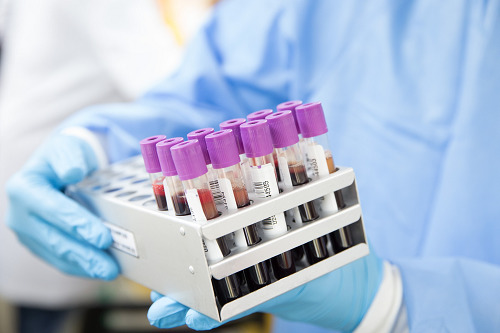How to Prevent Lead Poisoning in Children

Lead poisoning remains an urgent threat to children all over the U.S., particularly those that live in rural and low-income households. Exposure to small traces of lead can lead to a lifetime of health issues. The effects of lead can include brain damage, slowed growth and development, learning deficiencies, and hearing loss. The good news is that childhood lead poisoning is preventable. Public and private healthcare organizations have a responsibility to use a variety of tools to prevent childhood exposure.
Lead Poisoning Prevention Children
The CDC estimates there are more than 500,000 American children under the age of five who have elevated levels of lead in their blood. But we can do better.
Preventing lead exposure requires both primary and secondary prevention.
Primary prevention means physically removing possible sources of lead from the home and daycare environment before the child is exposed. This is the most effective way to prevent long-term health effects in children.
Secondary prevention includes regular blood testing for children along with follow-up care and information for parents on how their children may be affected. This step occurs when there is a chance children may have been infected with lead poisoning.
Private and public healthcare providers can administer blood tests to see if children have been exposed to lead. This toxic material is found in many of the products we use today. It is often found in homes built before 1978, including building materials like lead dust and lead-based paint, water pipes, toys, jewelry, and even home remedies and candies. It may also be present in the environment. Children that live near airports tend to be more at risk of lead poisoning. Parents that work with lead-based products or materials may also bring traces of lead home on their clothes.
Children often ingest lead orally or through their noses. Small children tend to put objects in their mouths, which only increases their risk of lead poisoning.
Unfortunately, childhood lead exposure is often an issue of class. Homes built before 1978 are often environments that contain lead. Furthermore, these children are also more likely to have parents that work in industries that use lead-based products. Children in low-income areas often lack access to resources that can help prevent or identify exposure, including frequent blood tests, counseling, and treatment.
Thousands of children in Flint, Michigan, were exposed to lead poisoning after the city failed to repair the community’s lead-based water pipes. Many residents still don’t trust the local drinking water.
Once a child is exposed, the damage may already be done. Many children from Flint will grow up to have a range of health and learning issues.
The best way to prevent lead poisoning in children is to remove the contaminated object, but this takes time. It will take the U.S. years to upgrade all of the country’s lead pipes.
Considering the scope of the problem, federal, state, and local healthcare agencies need to work together to create a more accurate picture of who is at risk of lead poisoning. It starts with consistent blood testing for lead in children, especially in high-risk areas. Organizations can use automated reporting tools to inform the public of the risks, so parents and community leaders can watch out for these hazards in the home or learning environment.
All children have the right to grow up happy and healthy. Being exposed to any amount of lead can change the course of a child’s entire life. They may not grow up to reach their full potential. Lead poisoning is preventable. We can all work together to enable our childhood lead poisoning prevention programs to make sure children don’t have to worry about being exposed to lead.